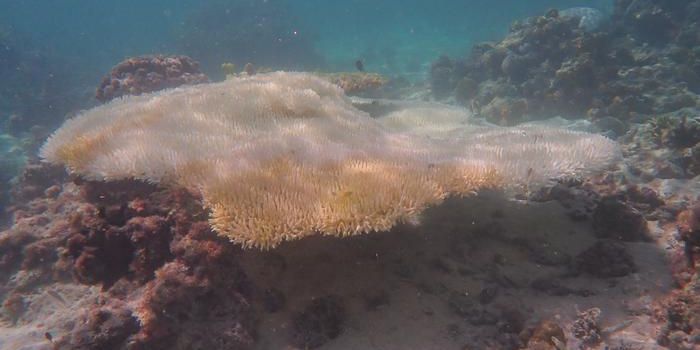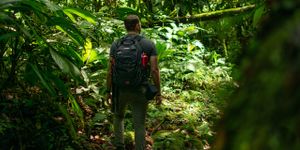New Technique for Creating Nanofibers Could Help Produce Affordable, Effective Mask Filters to Combat COVID-19
Recently, nanofibers have been used to improve the filtration quality of protective face masks and help them filter airborne droplets more effectively, including droplets that can carry and spread the coronavirus. The COVID-19 pandemic, specifically, has increased the need for new nanofiber production technologies to create effective personal protective equipment (PPE).
However, despite their benefits and a potential increase in their production due to the pandemic, nanofibers are still expensive and time-consuming to make. Researchers at the Korea Advanced Institute of Science and Technology (KAIST), however, think they’ve found a possible solution.
According to a study published in ACS Macro Letters, a novel technique for developing nanofibers, called “centrifugal multispinning,” may help mass produce nanofibers in a safe, inexpensive way.
Authors of the study say their approach may be an effective alternative to current methods of nanofiber production, such as electrospinning or other types of centrifugal spinning. While approaches such as electrospinning can create effective nanofibers, the use of high-voltage electrical currents has safety risks and is difficult to do on a mass scale.
While some types of centrifugal spinning have been proposed as an alternative production option in the past, KAIST researchers say most centrifugal spinning approaches only use a single rotating spinneret (a device used to create nanofibers from a material, or polymer), making it only marginally better than electrospinning.
Centrifugal multispinning, however, may offer both efficiency and safety. According to the study, the centrifugal multispinning approach developed at KAIST does not require electricity, uses three spinnerets (versus one), and has the potential to produce up to 25 grams of nanofiber polymers each hour (nearly 300 times more than electrospinning). The study suggests this increased efficiency could translate to the production of about 30 face masks daily, each with the ability to filter up to 95% of airborne particles. That’s equivalent to masks such as the K86 and K95 masks (approved in Korea) or the N95 mask (approved in the United States).
"When our system is scaled up from the lab-scale to an industrial scale, the large-scale production of centrifugal multi-spun polymer nanofibers will be made possible, and the cost of polymer nanofiber-based face mask filters will also be lowered dramatically," explained Byeong Eun Kwak, PhD candidate and lead author of the study.
With the potential ability to mass-produce nanofibers and create high-quality masks, researchers are offering new hope in the fight against the COVID-19 pandemic.
Source: Science Daily









